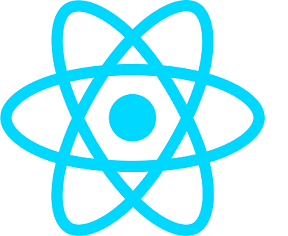React JS Tutorial

Introduction to ReactJS
React.js is an open-source JavaScript library used for building fast, interactive, and scalable user interfaces (UIs), particularly for single-page applications (SPAs). It was developed by Facebook (now Meta) in 2013 to enhance the efficiency of UI development. React enables developers to create reusable UI components, making applications easier to maintain and scale. Unlike traditional JavaScript frameworks, React follows a component-based architecture, allowing developers to build encapsulated components that manage their own state and efficiently update the user interface when changes occur.
One of the key innovations of React is the Virtual DOM (Document Object Model), which optimizes performance by reducing direct manipulation of the real DOM. Instead of updating the entire web page when changes occur, React first updates a lightweight copy of the DOM (Virtual DOM) and then compares it with the previous version to identify the minimal changes required. These updates are then applied efficiently to the actual DOM, resulting in faster rendering and a smoother user experience.
ReactJS Applications
Due to its efficiency, ease of use, and modular approach, React has become one of the most popular front-end technologies in the world. It is used by leading companies such as Facebook, Instagram, Netflix, Airbnb, Uber, and WhatsApp to build dynamic and high-performance web applications. With a vast ecosystem of tools, libraries, and third-party integrations, React continues to evolve, making it a top choice for modern web development.
Why ReactJS?
- Fast performance with Virtual DOM
- Easy to learn and use
- Huge collection of third-party libraries
- Large developer community for support
- SEO-friendly with SSR and SSG
- Quick project setup with CRA and Next.js
- Advanced developer tools for debugging
- Scalable and efficient for large applications
